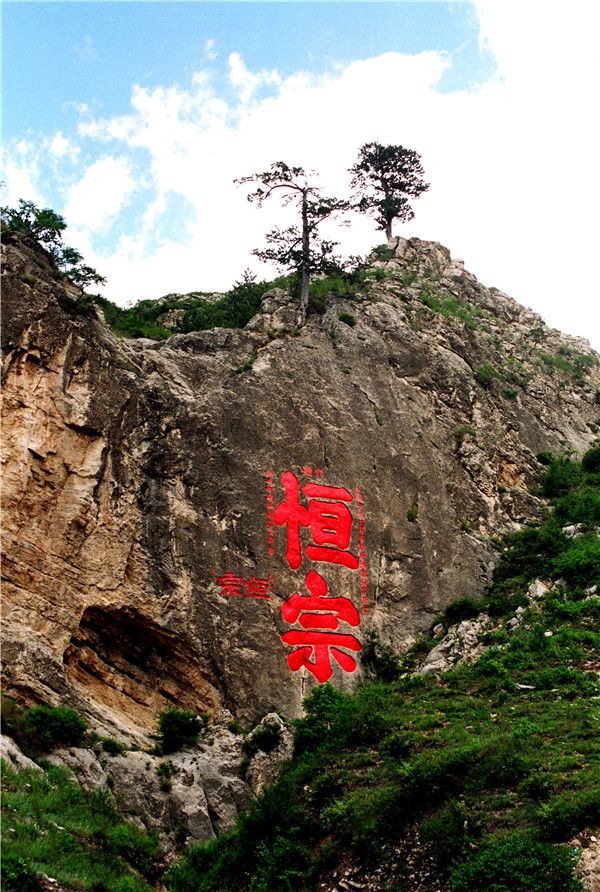Mount Heng, located in Hunyuan County, Datong City, Shanxi Province, is one of China's Five Great Mountains, known as the "Northern Mountain" or Bei Yue. Famous for its breathtaking landscapes and rich cultural significance, Mount Heng attracts visitors seeking both natural beauty and a deep connection to Chinese history and spirituality. This article will guide you through the key attractions of Mount Heng, offering insight into its stunning vistas and profound heritage.
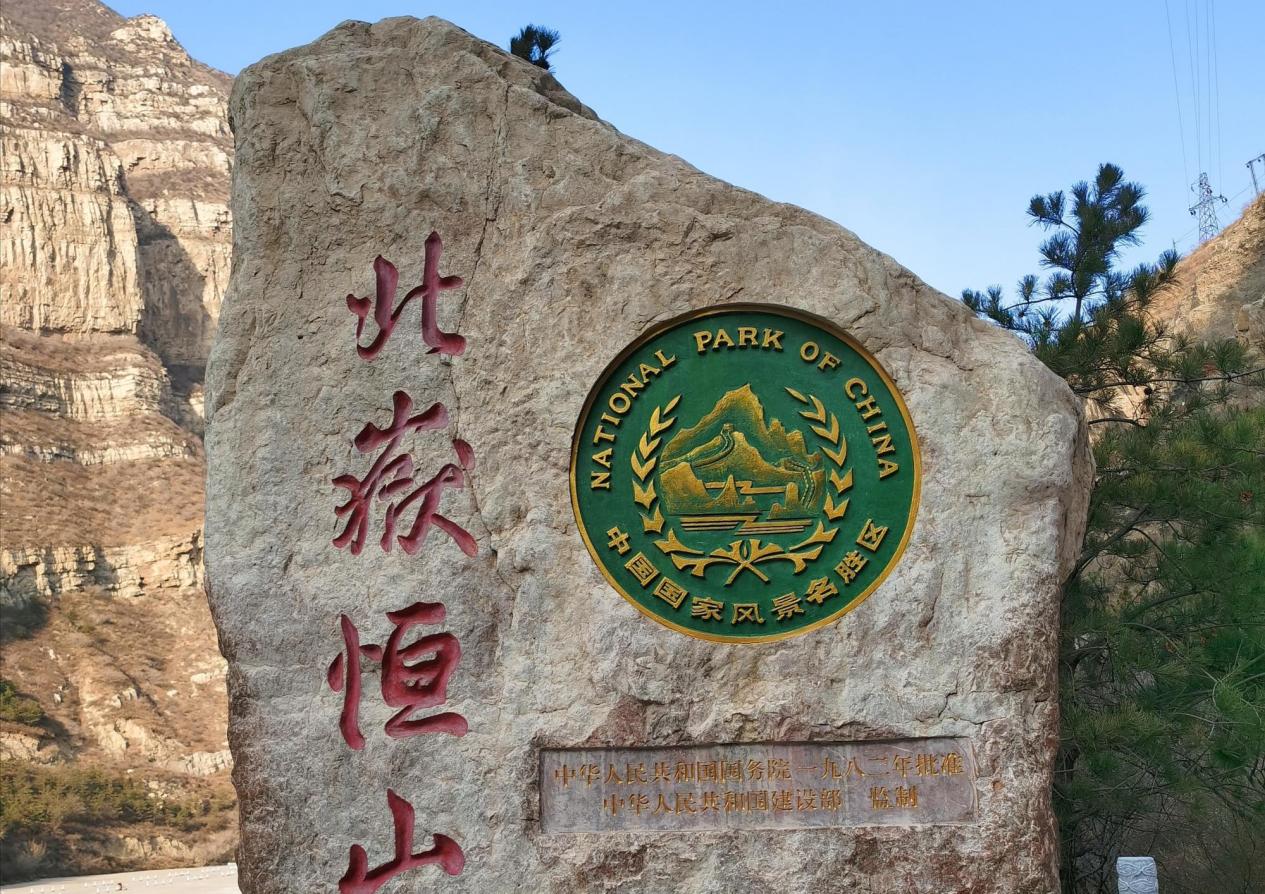
1. The Majestic Natural Scenery of Mount Heng
Mount Heng’s peaks and ridges stretch across the northern landscape, with its highest point, Tianfeng Peak, rising to an elevation of 2,017 meters. The mountain is a natural treasure, offering cool weather and panoramic views, especially popular as a summer retreat. As visitors trek through its valleys and slopes, they will encounter jagged cliffs, ancient pines, crystal-clear streams, and cascading waterfalls, all showcasing the artistry of nature.
1.1 Tianfeng Peak
Tianfeng Peak is the tallest and most prominent of Mount Heng's summits. Reaching the top rewards visitors with a panoramic view that extends north to the vast North China Plain and south to the rolling hills beyond. Though the path can be steep and challenging, the journey is well worth it, offering awe-inspiring scenery along the way.
1.2 Cliffside Waterfalls
The mountain is dotted with numerous springs and streams, which feed into stunning waterfalls that tumble down the rugged cliffs. These waterfalls, especially after the summer rains, create a dramatic and mesmerizing sight. In the early morning or after rain, the mist rising from the valleys creates an ethereal atmosphere, with waterfalls appearing to float among the clouds.
2. Hanging Temple: A Marvel of Architecture and Religion
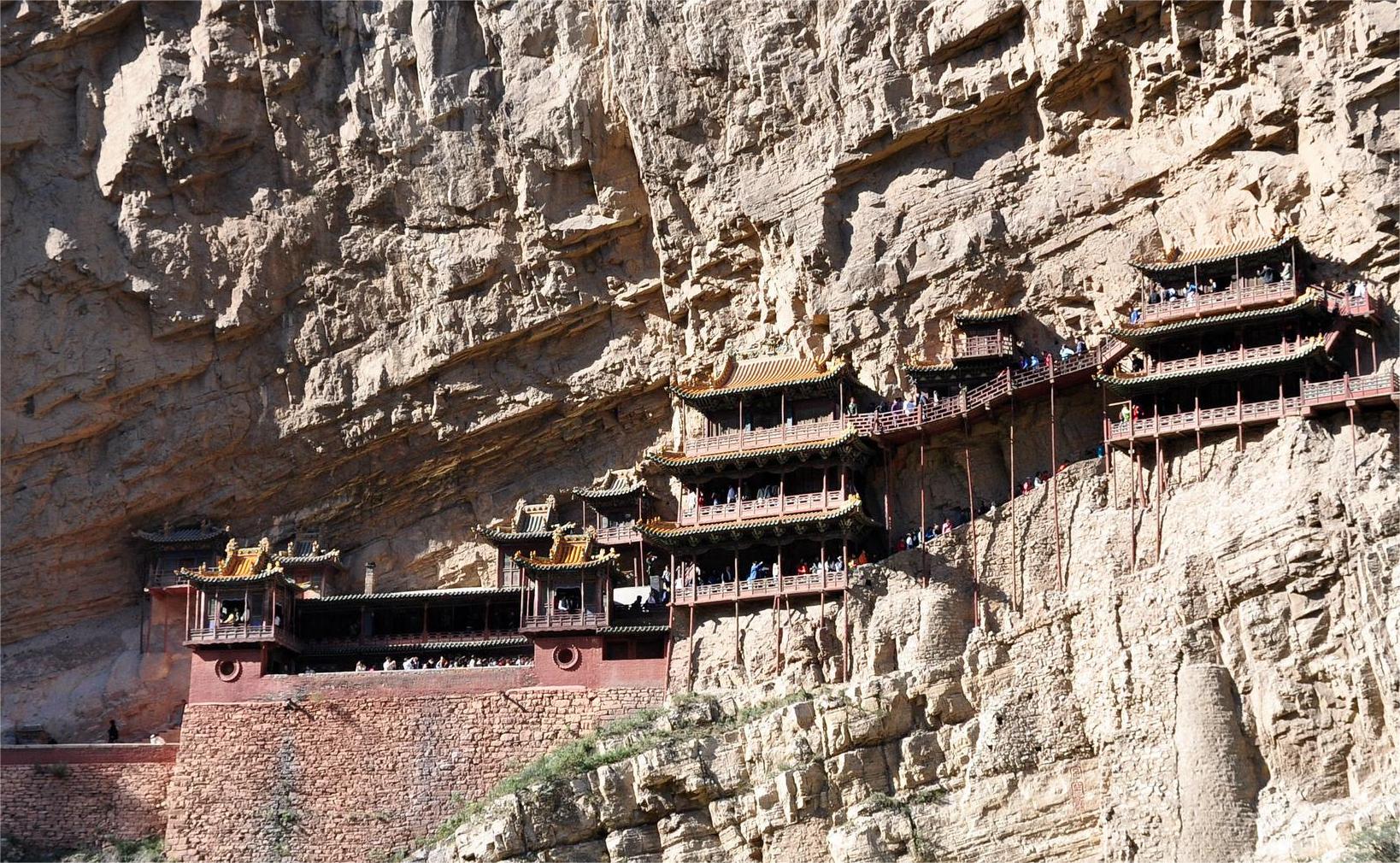
One of the most iconic sites at Mount Heng is the Hanging Temple, a structure perched precariously on a sheer cliff face over 75 meters above the ground. Dating back over 1,500 years, this temple is often considered one of China’s most daring architectural achievements. It is constructed entirely on wooden beams driven into the rock, appearing as if suspended in mid-air.
The Hanging Temple is not only an architectural wonder but also a sacred site where Buddhism, Taoism, and Confucianism coexist. Visitors can explore the temple’s narrow passageways and prayer halls, each offering a glimpse into China’s rich religious history and the ingenuity of its ancient builders.
3. Temple Complexes: Sacred Religious Sites of Mount Heng
Mount Heng has long been a place of spiritual significance, and its slopes are home to numerous temples and monasteries, making it an important center for religious pilgrimage. The most notable sites include the Northern Peak Temple and the Golden Pavilion Temple . These temples are not only places of worship but also architectural masterpieces that reflect the cultural and religious diversity of ancient China.
3.1 Northern Peak Temple
As the main temple dedicated to Mount Heng itself, Northern Peak Temple is a significant religious site with over a thousand years of history. It has served as an important ceremonial site for emperors and pilgrims alike. The temple complex is grand in scale, with its halls and courtyards showcasing ancient carvings, colorful murals, and intricate statues that celebrate the spiritual importance of the mountain.
3.2 Golden Pavilion Temple
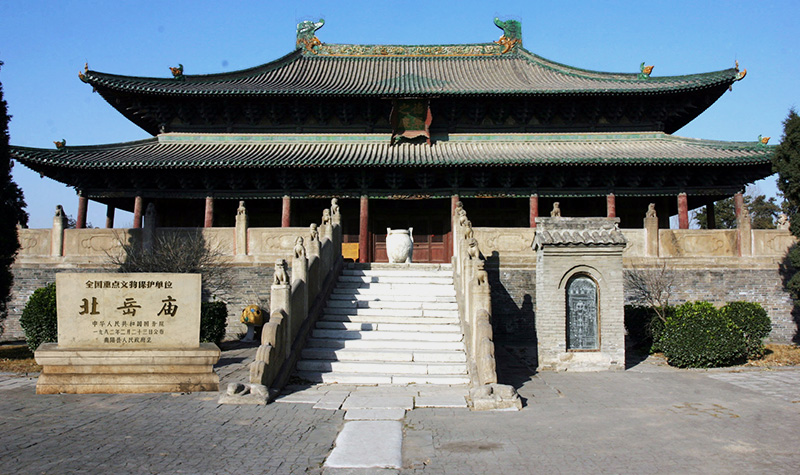
The Golden Pavilion Temple is one of the oldest temples on Mount Heng, renowned for its dazzling golden exterior and deep-rooted Buddhist heritage. The temple’s intricate design and the serene atmosphere make it a popular destination for worshippers and tourists alike. Inside, visitors can admire the many Buddha statues, including the temple’s famous Thousand-Armed Guanyin, a symbol of compassion and divine protection.
4. Mount Heng’s Cultural and Historical Significance
Beyond its natural beauty, Mount Heng is steeped in history and culture. Over the centuries, the mountain has inspired countless poets, scholars, and emperors. Famous figures such as Li Bai, Du Fu, and Su Shi have composed poems in honor of Mount Heng, earning it the nickname “Wen Shan” or “Mountain of Literature.”
Mount Heng has also played an important role in China’s military history. The region served as a strategic location for defense against northern invaders, and remnants of ancient fortifications like beacon towers and military posts can still be found throughout the area, offering a glimpse into the past.
5. Practical Tips for Visiting Mount Heng
If you are planning a visit to Mount Heng, here are some practical tips to make the most of your trip:
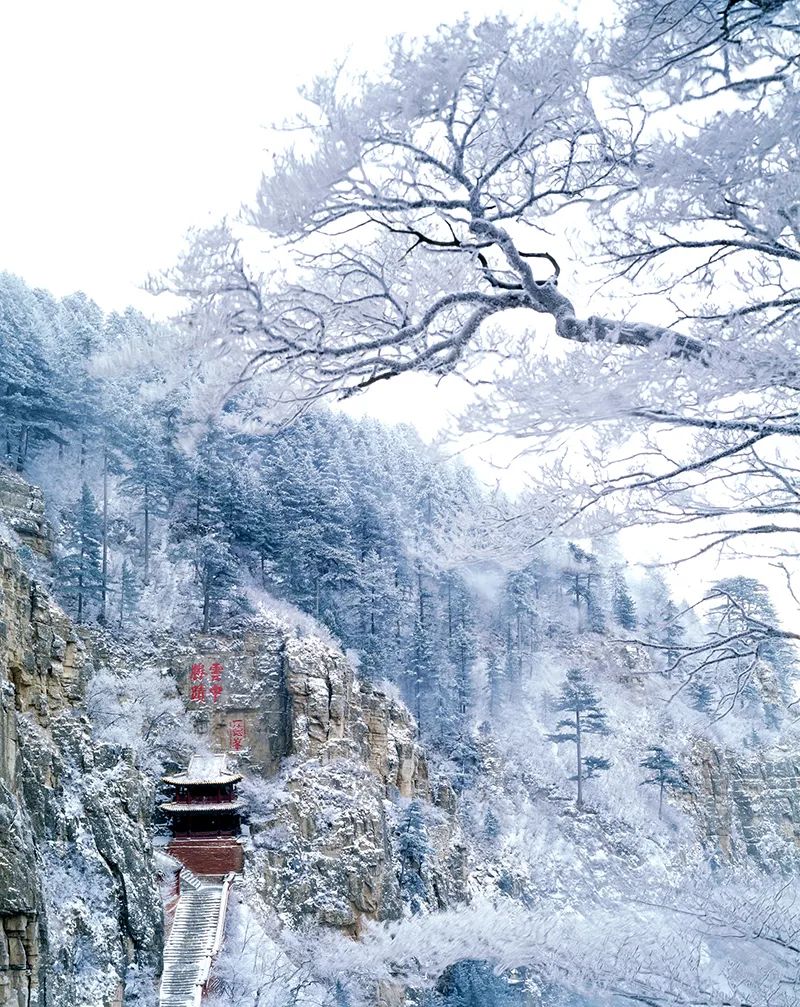
- Best Time to Visit: The best time to visit Mount Heng is from May to October, when the weather is mild and the scenery is at its most vibrant.
- Getting There: Mount Heng is about 65 kilometers from Datong City. You can reach it by taking a bus from Datong, or by traveling from major cities like Taiyuan or Beijing via high-speed train to Datong, and then transferring to local transportation.
- Hiking Gear: As the terrain can be steep and challenging, be sure to wear sturdy hiking shoes and bring sufficient water and snacks. The weather can be unpredictable, so pack a raincoat or umbrella just in case.
Conclusion
Mount Heng offers a unique blend of natural beauty and cultural heritage that captivates all who visit. Whether you are an adventure seeker looking to hike its rugged peaks or a history buff eager to explore its ancient temples and fortifications, Mount Heng promises a journey filled with wonder and discovery. Its towering cliffs, serene temples, and storied past make it a destination that truly embodies the spirit of China's rich landscape and heritage.
